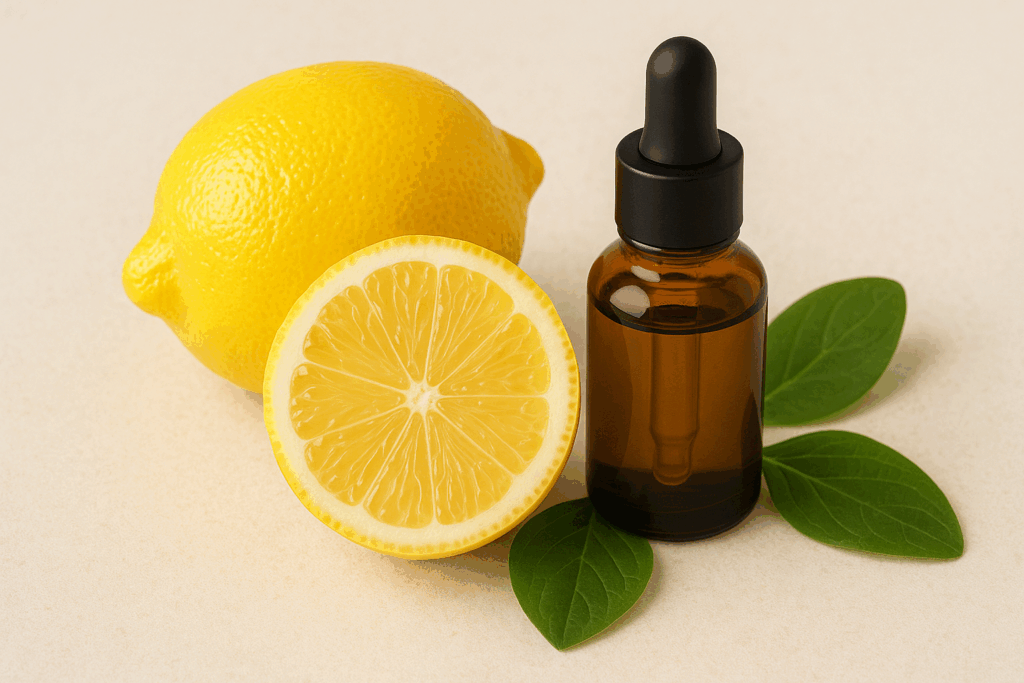Have you seen alpha-lipoic acid listed in skincare products or supplements and wondered what it does for your skin? Known primarily as an antioxidant, alpha-lipoic acid (ALA) may also influence skin tone, texture, and elasticity. This article explores how ALA could help protect and rejuvenate the skin while supporting overall radiance.

1. What Alpha-Lipoic Acid Is
Alpha-lipoic acid is a naturally occurring compound made in small amounts by the body and found in foods such as spinach, broccoli, and organ meats. It functions as a coenzyme in energy metabolism and may help recycle other antioxidants like vitamin C and E.
- Dual solubility: ALA is both fat- and water-soluble, allowing it to work across various parts of cells.
- Antioxidant synergy: may help strengthen the body’s natural defense against oxidative stress.
- Skin relevance: its role in energy and collagen support could indirectly affect skin texture.
2. Antioxidant and Anti-Aging Effects
ALA may reduce oxidative damage caused by UV exposure and pollution — two key factors contributing to premature skin aging. By neutralizing free radicals, it could help preserve skin elasticity and smoothness.
- May decrease inflammation that contributes to fine lines or dullness.
- Could support collagen integrity by protecting fibroblasts from oxidative stress.
- Topical ALA in low concentrations may help improve skin tone and firmness over time.
3. Skin Brightening and Pigmentation Balance
Some studies suggest that ALA may help even out skin tone by reducing oxidative triggers linked to pigmentation changes.
- May influence melanin synthesis pathways, leading to a brighter, more even complexion.
- Could complement vitamin C and niacinamide in brightening formulations.
- Regular, gentle use may support overall radiance rather than direct whitening.
4. Improving Skin Barrier and Texture
By supporting antioxidant and cellular repair systems, ALA could enhance the skin’s resilience and smoothness.
- May reduce roughness and support moisture retention when used topically or through nutrition.
- Could help balance sebum oxidation, leading to a clearer appearance.
- Combining ALA with healthy fats and hydration may optimize its benefits.
5. How to Include ALA Safely
Both dietary and topical approaches exist, but concentration and formulation matter. Sensitive skin may react to high-strength topical ALA.
- ALA supplements could support general antioxidant balance, not just skin health.
- Topical ALA creams (0.5–5%) may improve texture and tone when used consistently.
- Always test new products and consult a professional if you have skin conditions or sensitivities.
🌟 Conclusion
Alpha-lipoic acid may offer subtle yet meaningful support for skin appearance through its antioxidant, brightening, and anti-aging potential. While results depend on individual skin types and product formulations, consistent and moderate use could help enhance glow and resilience from within.
References and Further Reading
- National Center for Biotechnology Information — Alpha-Lipoic Acid and Skin Health
- Harvard Health Publishing — Antioxidants and Skin Protection
- Dermatologic Therapy Journal — Topical Alpha-Lipoic Acid Studies
Disclaimer
This article is for informational purposes only and not medical advice. Individual responses to ALA may vary depending on skin condition, formulation, and usage.
